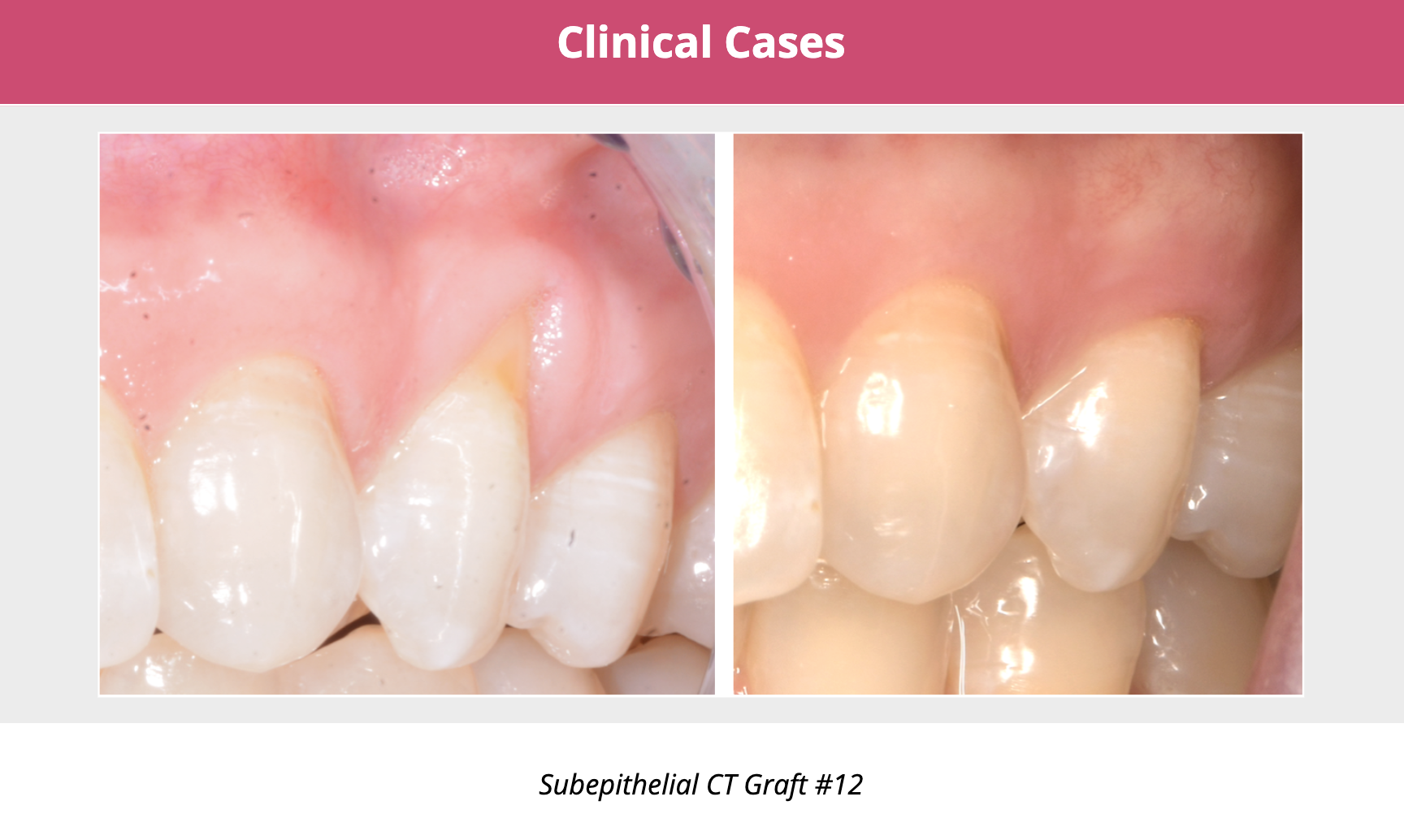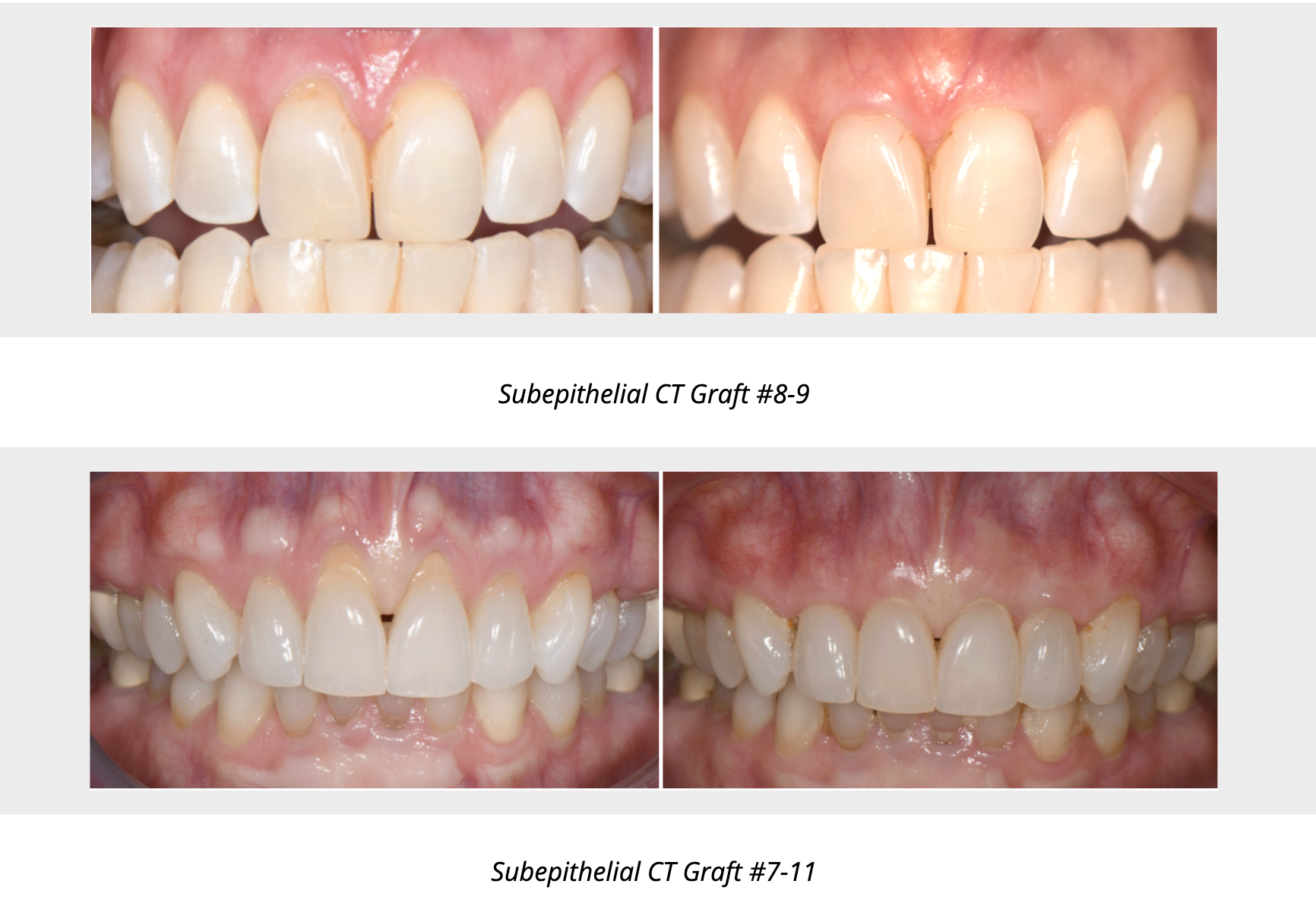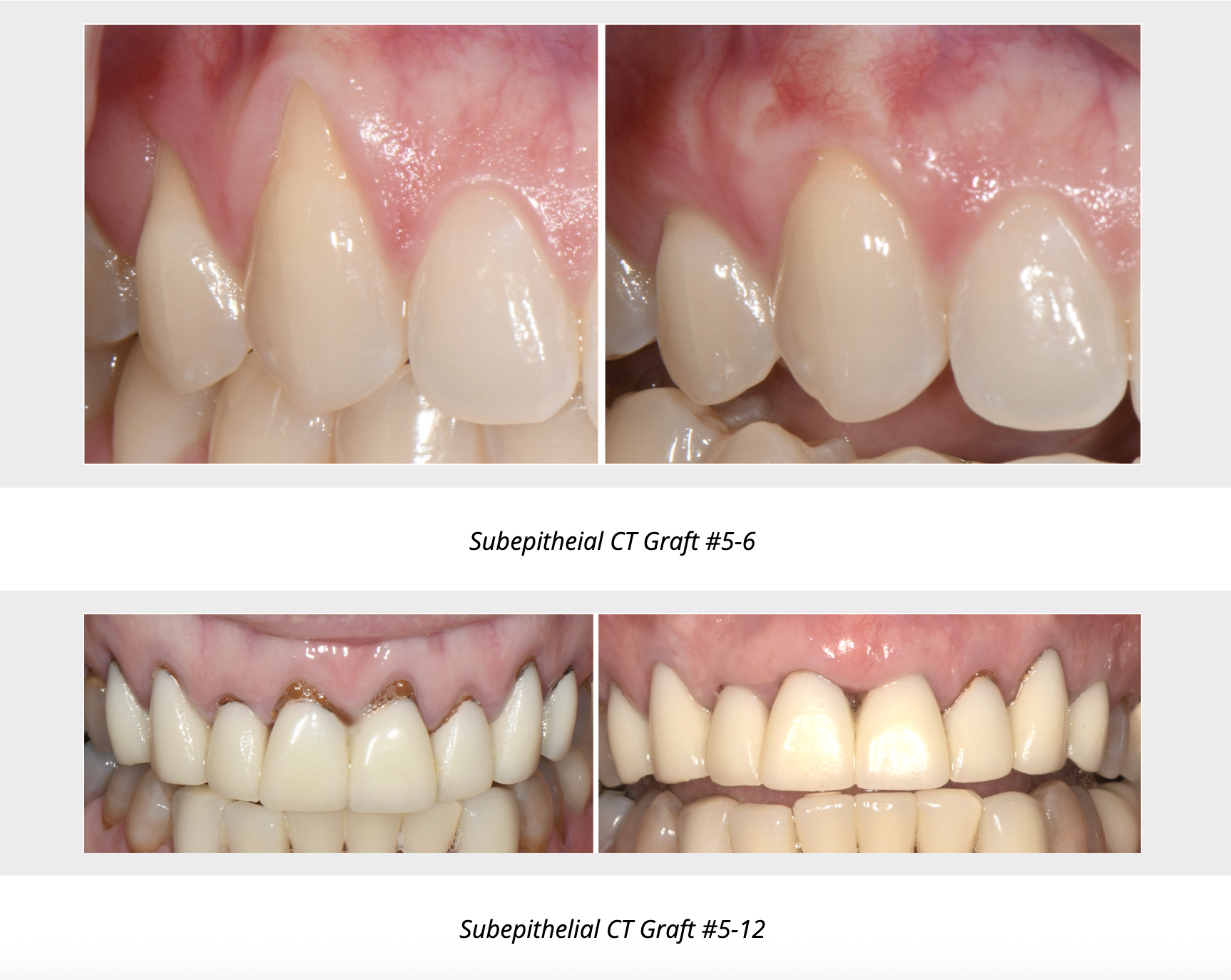Connective Tissue Grafts: The Root Coverage Powerhouse
Where the free gingival graft (FGG) excels at adding keratinized tissue, the subepithelial connective‑tissue graft (SECTG or CTG) is designed primarily for root coverage and gingival thickening. Classic papers by Langer & Langer and subsequent systematic reviews confirm that an SECTG—usually tucked beneath a coronally advanced flap —is the most predictable option for Miller/ Cairo RT1‑2 recession defects, thin periodontal biotypes, multiple adjacent recessions, and high‑esthetic areas or implant sites where color blending is critical. Recent publications report average root‑coverage percentages of 82‑96% and complete coverage in up to 90% of shallow defects. Because the donor wound is closed, postoperative discomfort is markedly less than with an FGG, while the double blood supply (from flap and recipient bed) promotes rapid integration.
Most SECTGs at Tyler Periodontics and Dental Implants are performed using the tunneling technique, which is a minimally invasive surgical and suturing technique using specific microsurgical instruments to create a small “tunnel” around teeth with gingival recession. This technique can be used with SECTG or donated human tissue (Alloderm), and the graft is then inserted into the tunnel and stabilized with microsurgical sutures.Tunneling is typically associated with minimal pain, swelling, or discomfort after the procedure.
What outcomes should you expect? Long‑term studies out to 20 years show that CTG‑treated sites lose < 0.5 mm of coverage over time and maintain the increased gingival thickness that buffers future recession. Esthetic scores are significantly higher when an SECTG is added to a coronally advanced flap compared to flap alone, largely because the graft’s connective tissue guides surface epithelium to mimic adjacent tissue coloration.
Common Questions
-
When should a Class V restoration be performed or new crown placed – before or after the graft? Ideally, the root surface should remain unrestored until after a connective tissue graft is performed in order to obtain the most amount of coverage possible. 2-3 months post-procedure, tooth can be restored if esthetic concerns or sensitivity persists.
-
Is there a non-palate option? Donor tissue graft (Alloderm) is available at our office, though studies show it covers roots slightly less predictably than a patient’s own tissue. Collagen matrices are improving, but still produce significantly less root coverage, so CTG remains the gold standard when “best possible esthetics” and stability are the goals.
-
Does a connective tissue graft help with dentinal hypersensitivity? Most patients report significant improvement in their tooth sensitivity after connective tissue grafting. About 75% of patients report 100% improvement in sensitivity according to recent systematic reviews.
-
Should I still be seen if the recession doesn’t bother me? Yes, gingival recession is more than a cosmetic concern. Data shows that 38-42% of teeth that had no recession at baseline developed new or deeper defects within only 4 years. Gingival recession is also one of the strongest independent predictors of root caries. We recommend referral for evaluation if:
1) progressive recession or > 3 mm of recession
2) <2 mm of keratinized/attached tissue, shallow vestibule, or high frenum
3) exposed root surfaces in patients with high caries risk
4) planned orthodontic movement, implant placement, or cervical restorations in areas of thin tissue.
